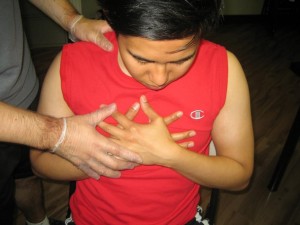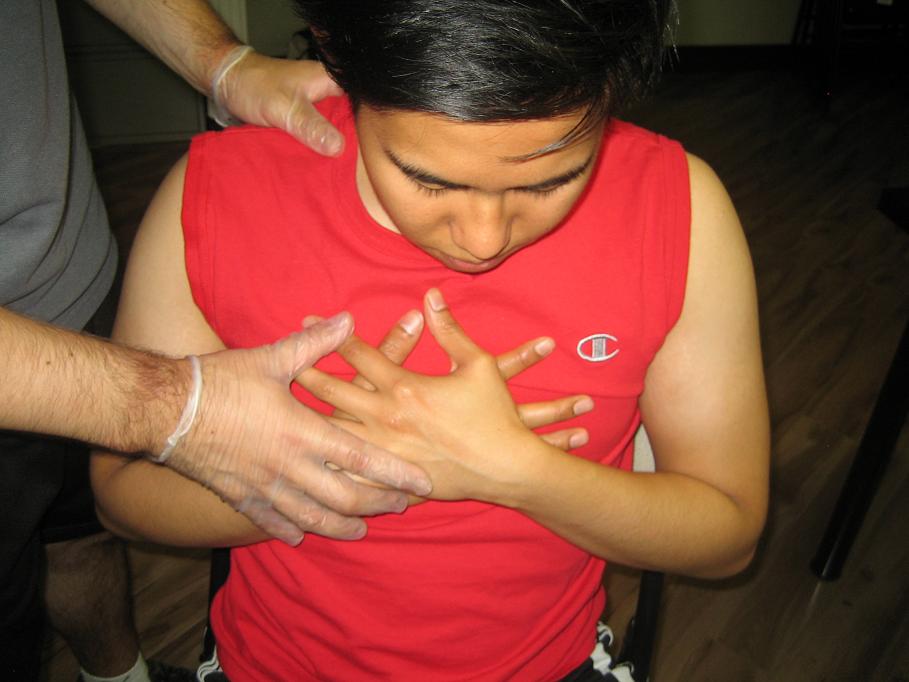Each person has a different reaction to an insect bite. Some will have no significant reaction to it while there are others that react with great sensitivity to an insect bite. Common bites and stings from insects common occurs from bees, spiders, wasps, mosquitoes, hornets and fleas. When a person experiences pain in the bitten area, it is usually caused by the venom that has been injected into the skin by the insect. This usually causes an irritating reaction to the skin, but is rarely dangerous. An insect bite or sting only becomes an emergency situation when the reaction of the body to the venom results in anaphylaxis.
The material posted on this page for insect bites, stings and allergic reactions is for learning purposes only. To learn to recognize and manage allergic reactions and anaphylaxis register for a first aid class near you.
When an insect bite or sting becomes an emergency
An anaphylactic reaction to an insect bite can result to the symptoms of shortness of breath, the feeling of tightness in the throat and a fast heartbeat. Even the initial occurrence of anaphylaxis can become fatal because the symptoms can become severe and may be fatal only within minutes. If you suspect anaphylaxis, call 911 immediately and apply first aid or CPR when necessary. Angioedema can also become a dangerous reaction of the body to an insect bite or a sting. This condition occurs when a general swelling throughout the body occurs. The swelling is most prominent on the face, eyes and lips. In any situation where breathing / respiration is compromised contact EMS immediately.
Common symptoms of an insect bite
Insect bites and stings cause allergic reaction in the body and the most common symptoms that occur are the following:

- Pain
- Tenderness
- Itching
- Redness
- Swelling
- Hives
- Red and warm lump
- A serious allergic reaction called anaphylaxis that require immediate medical attention. This manifests the symptoms of dizziness, muscle spasms, swelling, breathing difficulty, nausea and loss of consciousness.
Insect bite and sting first aid management
An insect bite or sting can be avoided such as avoiding places where insects are likely to be present and wearing protective clothes and using insect repellents. However, if an insect bite or a sting occurs resulting in an emergencysituation, here are the first aid treatments that you can do:
- If you think that an insect bite is causing a more serious reaction to the skin such as a swelling that spreads throughout the body fast, severe pain or when difficulty of breathing occurs, call 911 immediately.
- Keep the person calm and remove constricted clothes.
- Remove the stinger if it remains on the skin.
- Wash the affected area with soap and water.
- If there is an epinephrine first aid kit available administer it to reduce the allergy reaction.
- If the person lost consciousness check for breathing and apply CPR when necessary until help arrives.
Reference:
Mayo Clinic. Insect Bites and Stings: First Aid. Retrieved on June 13, 2014 from http://www.mayoclinic.org/first-aid/first-aid-insect-bites/basics/art-20056593.

